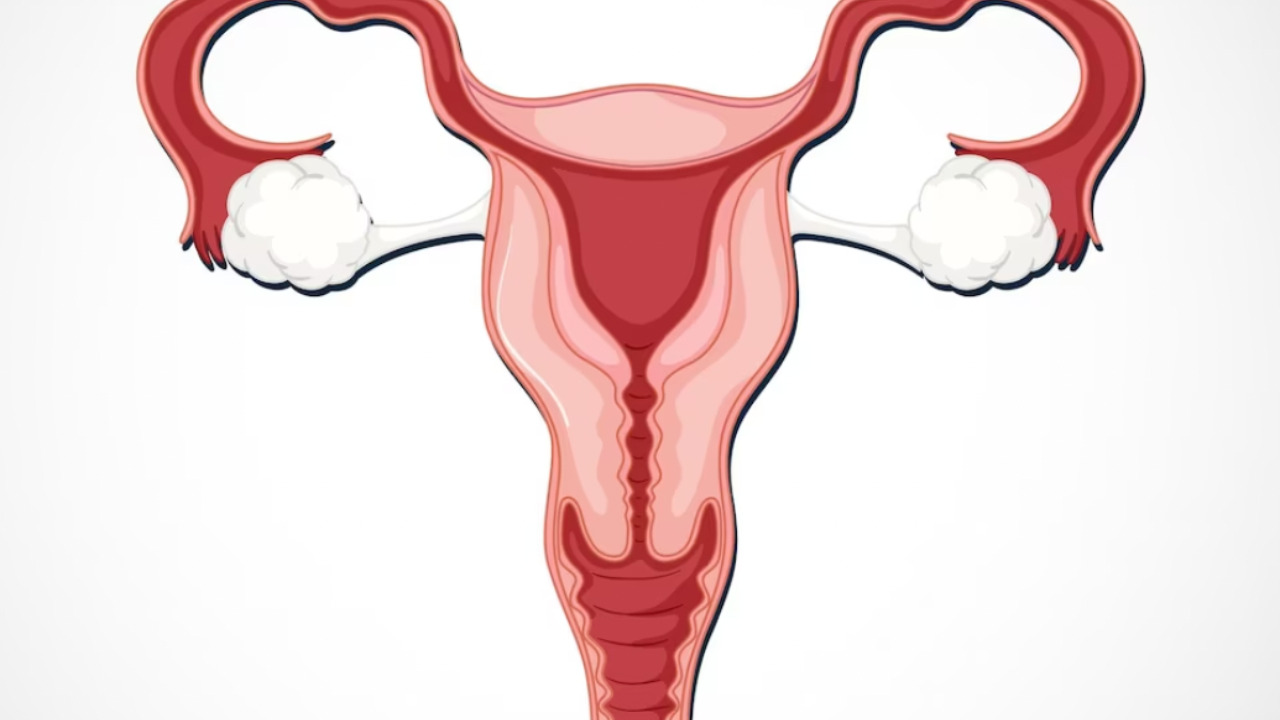
Endometriomas Vs Ovarian Cysts
Endometrioma and ovarian cyst are both conditions that can affect the ovaries and cause pelvic pain, but they have different underlying causes and characteristics.
An ovarian cyst is a fluid-filled sac that forms on the surface of the ovary. Most ovarian cysts are functional cysts, which means they develop as a normal part of the menstrual cycle and usually resolve on their own without treatment. However, some cysts can grow larger and cause pain, especially if they rupture or twist the ovary.
Endometrioma, on the other hand, is a type of ovarian cyst that forms when endometrial tissue (the tissue that lines the uterus) grows on the ovary. This tissue responds to hormonal changes during the menstrual cycle just like the tissue in the uterus, which means it can thicken, break down, and bleed. Over time, this can form a cyst that is filled with old blood, which can cause chronic pain and discomfort.
In summary, while both conditions can cause ovarian cysts and pelvic pain, ovarian cysts are more common and usually resolve on their own, while endometriomas are a specific type of ovarian cyst caused by endometrial tissue and often require more specialized treatment.
Here are some ways to relieve pain from ovarian cysts:
-
Pain medication: Over-the-counter pain relievers such as ibuprofen or acetaminophen can help to ease pain and reduce inflammation associated with ovarian cysts. Be sure to follow the recommended dosage and consult your doctor if you have any concerns.
-
Heat therapy: Applying heat to the affected area can help to relax muscles and reduce pain. Use a heating pad, hot water bottle, or take a warm bath to alleviate discomfort.
-
Rest: Resting and avoiding strenuous activities can help to ease pain and reduce the risk of cyst rupture or torsion.
-
Drink plenty of fluids: Drinking plenty of fluids can help to flush out the cyst and reduce inflammation, which may help to ease pain.
-
Dietary changes: Some women find that dietary changes such as reducing caffeine and sugar intake can help to reduce pain associated with ovarian cysts.
-
Hormonal therapy: In some cases, hormonal therapy such as birth control pills may be prescribed to regulate the menstrual cycle and reduce the risk of ovarian cysts.
-
Surgery: If the cyst is large, causing severe pain, or poses a risk of rupture or torsion, surgery may be necessary to remove it.
It's important to consult with your doctor to determine the best course of treatment for your specific situation.

